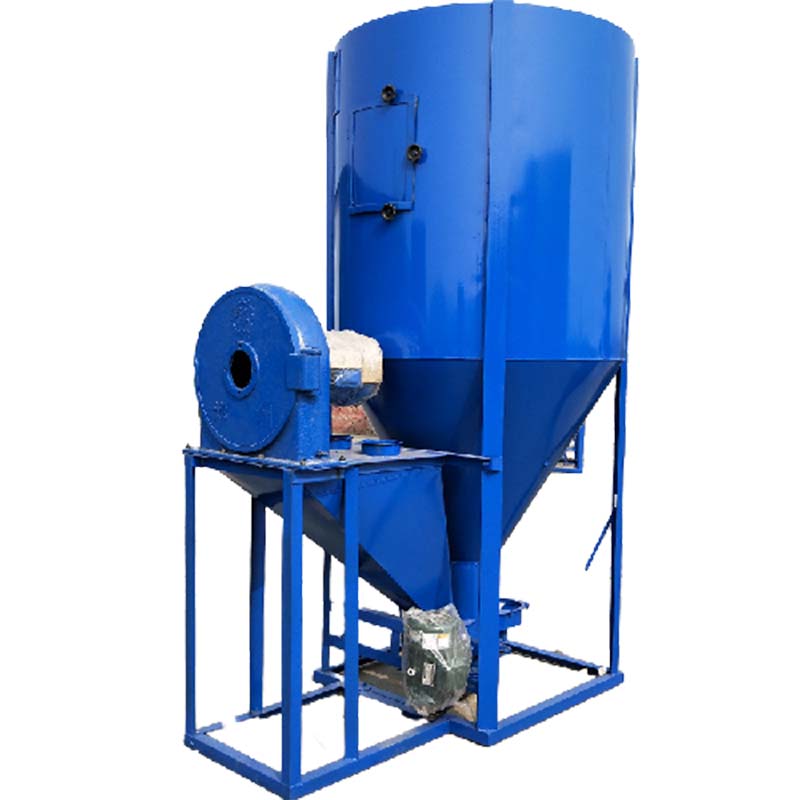automatic poultry cage
Dec . 04, 2024 09:16 Back to list
automatic poultry cage
The Evolution of Automatic Poultry Cages Revolutionizing Poultry Farming
In the realm of agriculture, particularly within the livestock sector, automated systems have significantly transformed traditional practices. Among these advancements, automatic poultry cages stand out as a revolutionary innovation in poultry farming. These systems not only enhance productivity and efficiency but also improve the welfare of the birds, address labor shortages, and promote sustainable farming practices.
What Are Automatic Poultry Cages?
Automatic poultry cages are sophisticated systems designed to house poultry, predominantly chickens, in a manner that maximizes space and minimizes labor. These cages are equipped with mechanisms for feeding, watering, egg collection, and waste removal, allowing farmers to manage large flocks with minimal hands-on involvement. The automation of daily tasks enables farmers to focus on monitoring the health and productivity of their livestock rather than on routine chores.
Advantages of Automatic Poultry Cages
1. Increased Productivity One of the most substantial benefits of automatic poultry cages is the increase in productivity they provide. With efficient feeding and watering systems, birds receive the nutrients they require without delay, promoting better growth rates and egg production. The systems often include features that allow for precise control over the diet, tailored to meet the nutritional needs of various chicken breeds.
2. Improved Animal Welfare Automatic poultry cages are designed to provide an environment that prioritizes the health and welfare of the birds. By ensuring adequate space, proper ventilation, and manageable temperatures, these systems reduce the stress levels in poultry. Moreover, the automation of tasks reduces the risk of human error, leading to a more consistent and stable environment.
3. Labor Efficiency The poultry industry has faced challenges due to labor shortages, particularly in areas where seasonal work is common. Automatic poultry cages address this issue by significantly reducing the number of workers needed to maintain a large flock. With automation taking care of essential tasks, farmers can operate with fewer staff while still achieving high levels of efficiency.
automatic poultry cage

4. Sustainability As the demand for poultry products continues to rise globally, the need for sustainable farming practices becomes increasingly critical. Automatic poultry cages can help reduce the environmental footprint of poultry farming by optimizing feed conversion ratios and minimizing waste. The use of automated waste management systems also allows for better recycling of nutrients, making it easier to create compost or bioenergy from poultry waste.
5. Data Management and Health Monitoring Modern automatic poultry cages often come equipped with sensors and data management systems that track the health and productivity of the birds in real-time. This data can provide insights into feed consumption, growth rates, and even detect early signs of illness. Such information enables farmers to make informed decisions, ensuring their flocks remain healthy and productive.
Challenges and Considerations
Despite their numerous advantages, the implementation of automatic poultry cages is not without challenges. The initial investment can be significant, and some farmers may find it difficult to transition from traditional methods to automated systems. Additionally, there is a need for technical expertise to maintain and troubleshoot these systems. Training for staff is essential to maximize the benefits of automation.
Furthermore, ethical considerations regarding animal welfare must be carefully monitored. While automatic systems can enhance living conditions, they must be designed and implemented in ways that prioritize the needs and natural behaviors of the birds. Ensuring that cages provide ample space for movement and nesting is essential to maintain high welfare standards.
Conclusion
The advent of automatic poultry cages represents a significant leap forward in the poultry farming industry. By increasing productivity and efficiency, improving animal welfare, and promoting sustainable practices, these systems are reshaping how poultry is raised worldwide. As technology continues to evolve, the potential for automatic poultry cages to further revolutionize the industry remains vast. Farmers who embrace this innovation are likely to remain at the forefront of the poultry sector, meeting the growing demands of consumers while adhering to ethical farming practices.
-
Hot Sale 24 & 18 Door Rabbit Cages - Premium Breeding Solutions
NewsJul.25,2025
-
Automatic Feeding Line System Pan Feeder Nipple Drinker - Anping County Yize Metal Products Co., Ltd.
NewsJul.21,2025
-
Automatic Feeding Line System Pan Feeder Nipple Drinker - Anping County Yize Metal Products Co., Ltd.
NewsJul.21,2025
-
Automatic Feeding Line System - Anping Yize | Precision & Nipple
NewsJul.21,2025
-
Automatic Feeding Line System - Anping Yize | Precision & Nipple
NewsJul.21,2025
-
Automatic Feeding Line System-Anping County Yize Metal Products Co., Ltd.|Efficient Feed Distribution&Customized Animal Farming Solutions
NewsJul.21,2025






